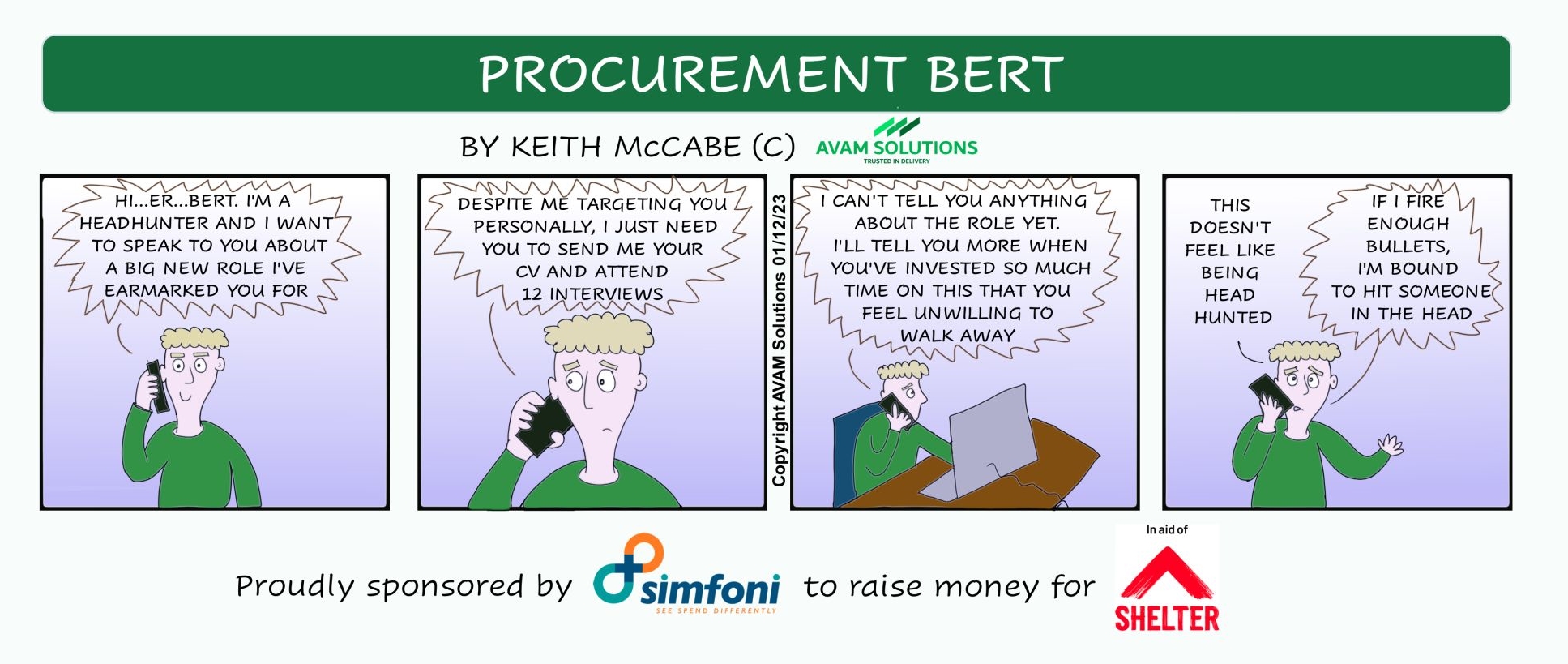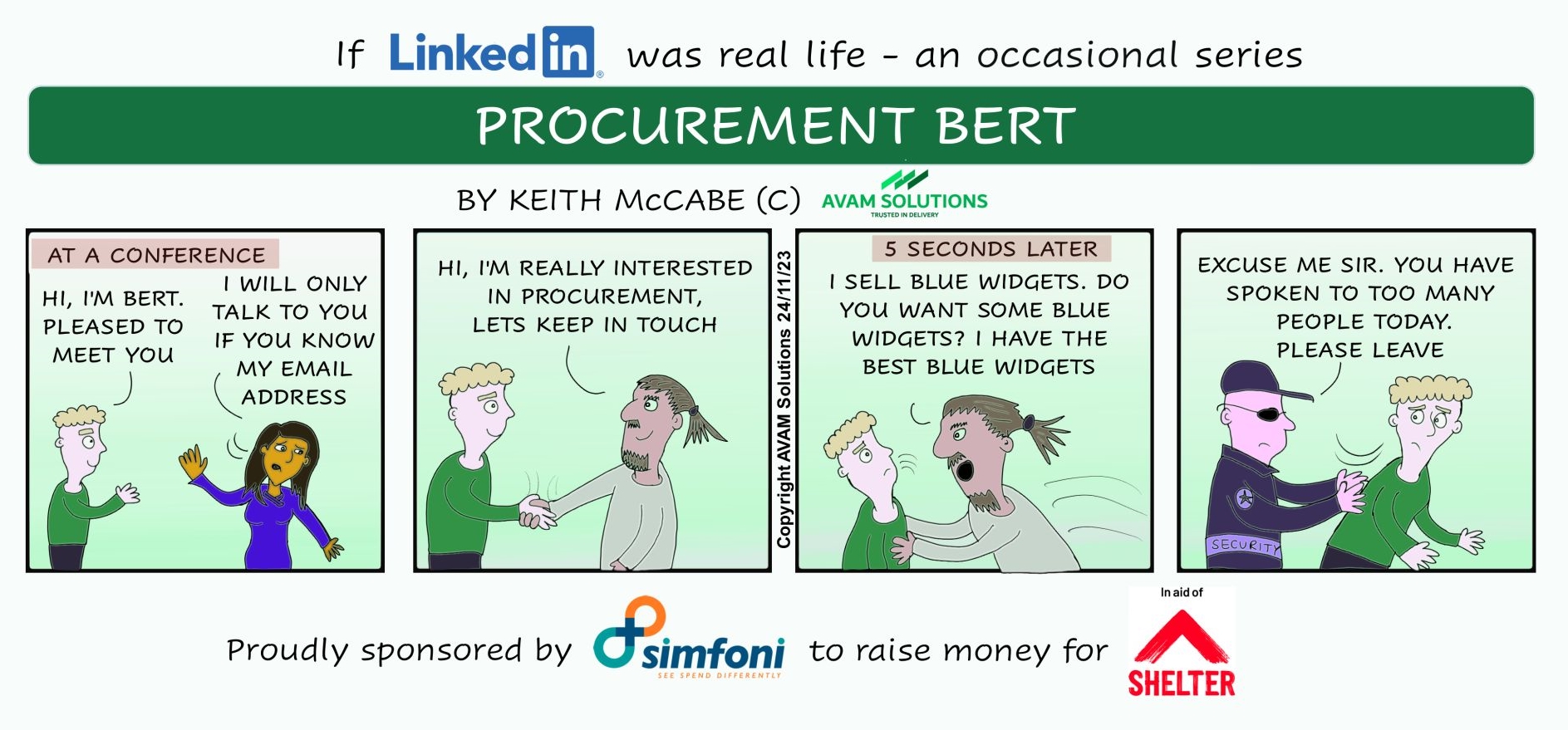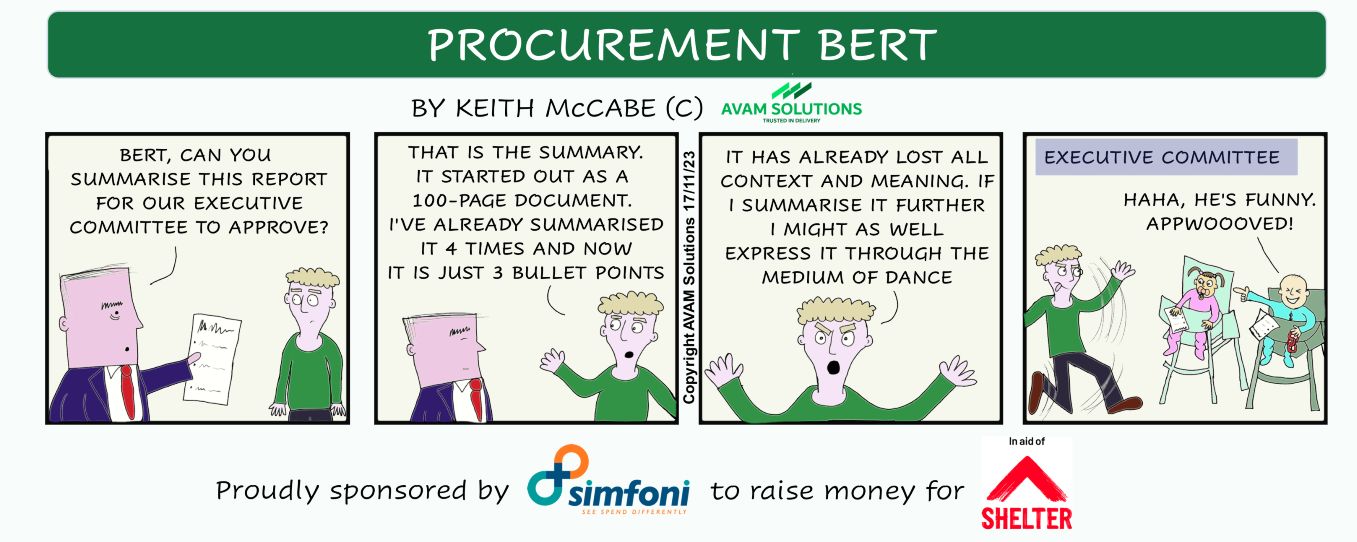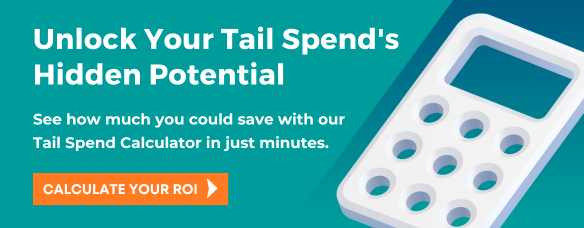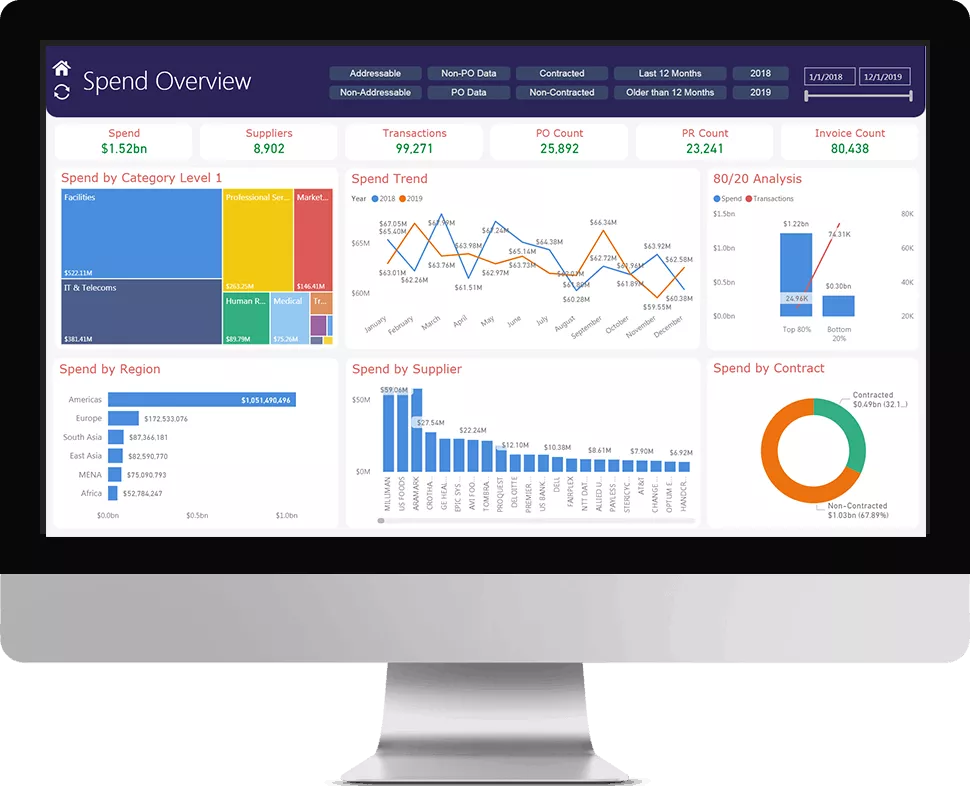In our previous post, we discussed why tail spend is important, as well as the negative impact poorly managed tail spend can have on an organisation.
Obviously, a well-controlled procurement “tail” is important and will have a beneficial effect on the business, but acknowledging this also raises the question, “What does well-managed tail spend look like?”
Two of the key elements well-managed tail spend are:
1. A balanced approach. When it comes to managing tail spend, it is important to see the big picture and implement measures and processes that find the balance between increasing consolidation, cost-control, and visibility, without sacrificing speed and responsiveness to the point where there is opportunity loss and stakeholders are frustrated to the point of bypassing the system.
2. Utilisation of appropriate tools to maximise efficiency. Advanced spot-buying software is a key resource here because it helps find the balance between control and efficiency. Users outside of the procurement department can source their own requirements from a range of pre-approved suppliers (often including suppliers that that they were not previously aware of), place orders, receive the good or services, and get on with their work.
Combining a balanced approach with the right tools means that procurement professionals and management can define rules and policies that are embedded into the system, and can monitor tail spend purchasing activities via the increased visibility, without needing to tie up expensive procurement resources on non-strategic spending.
On the other side of the table, users get to “own” a significant part of the process, encouraging participation and compliance without causing unnecessary delays and loss of opportunity.







